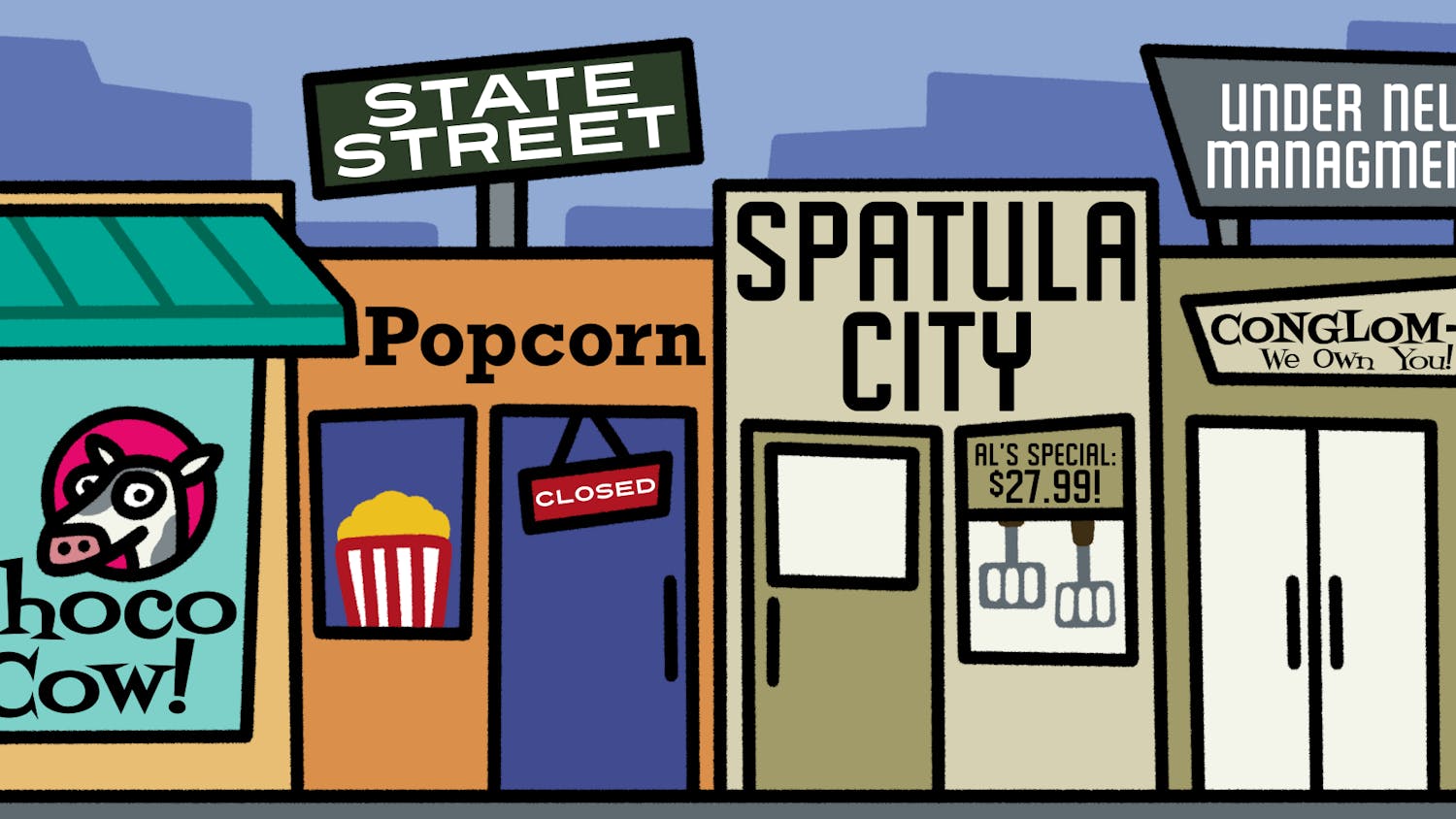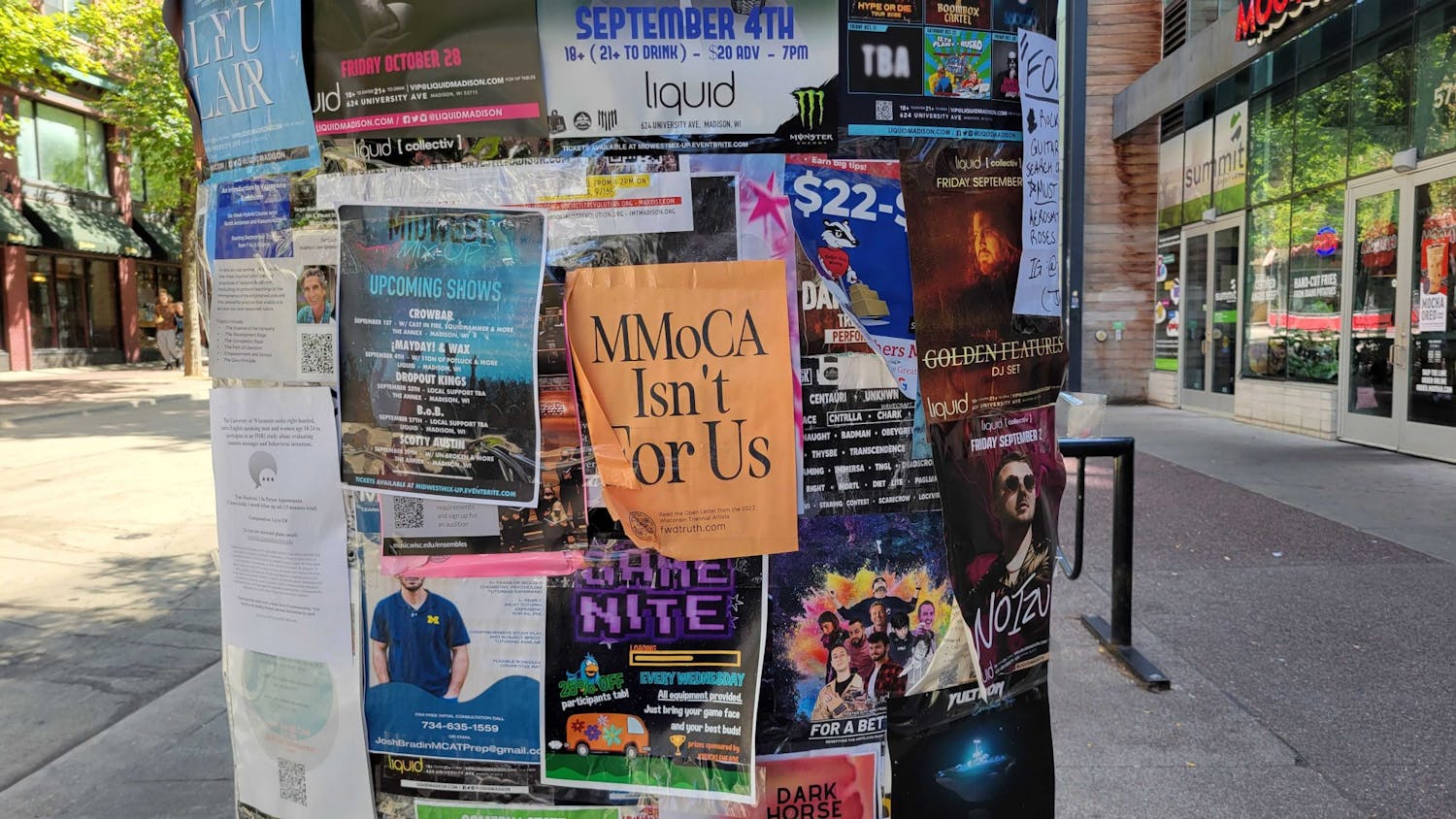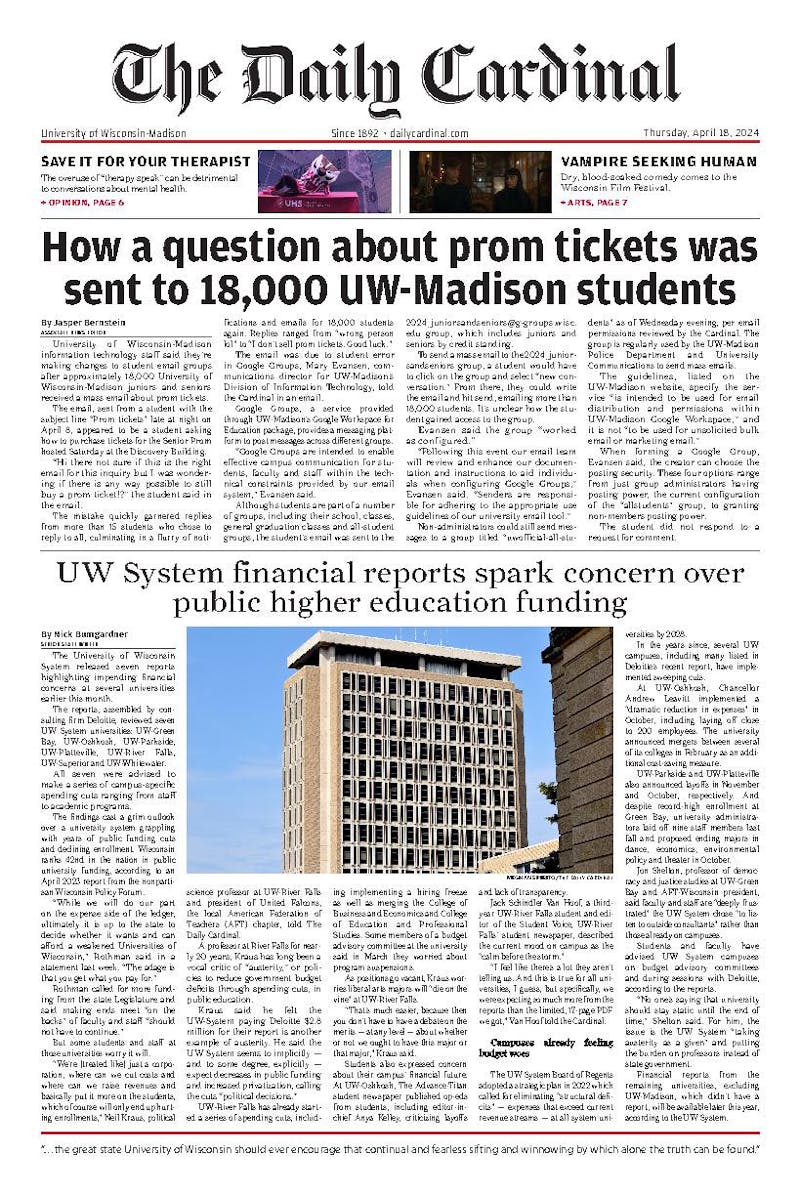Where was the last place you bought a book? If you’re blanking on the “when,” you might be better off skipping the question entirely.
Did you order it from Amazon and have it shipped straight to your door? Did you make the pilgrimage to a bigbox store like Barnes & Noble? Were you one of those romantics who decided to root out the local mom n’ pop bookstore? Did you buy used? Did you consult your horoscope?
I’m going to forgo any attempt at consumer psychology because I know jack squat on the matter, but also because when it comes to media, consumer psychology is pretty nebulous. Literature isn’t like corn flakes or convertibles, with a competitive market and a feasible roster of choices. Even romance paperback mills—churning out the type of books you find in the checkout lane at Target, all about cowboys and dukes and wedlock—attribute names to their authors, assert some kind of individual identity.
It doesn’t matter, it seems, where you get your books from, even if it’s some hush-hush-under-the-table thing like you had to do with books like “Ulysses” in the 1920s. It’s the principle libraries are predicated on. Of course, buying a book from Amazon and buying a book from the store whose windows are still plastered with “Nader/LaDuke” bumper stickers are not the same act.
The differences between booksellers are pretty basic. Each has its perks and deficits, and none really has an unassailable edge over one another.
Amazon, for instance, gets marks for being well rounded on all fronts. It’s generally pretty competitive for prices. It seems like they’ve always got a sale going on. I’ve never seen a book not marked down by some degree, even if only by 1 percent. That’s, of course, for new books only. They’ve also got the nice shipping benefits and a wide roster of free public domain ebooks available for the Kindle. They’re also efficient time-wise, if you aren’t interested in browsing.
Amazon, of course, is wildly impersonal. Yeah, they’ve got the goods, but don’t snuggle up too close. They’ve got too big a customer base to get all touchy-kissy with customers. Their business model also precludes browsing—if you don’t have the title or author of your book in mind, you’re left in the midst of an electronic wash. And sometimes, they don’t even have the goods, even a particular edition or print. Of course, for most, this is a minor quibble.
Compare Amazon to a chain like Barnes & Noble, and you see some important similarities. Amazon rules the Internet book market (though Barnes & Noble has a pretty sizeable online store too), but Barnes & Noble is an ultimate terrestrial manifestation. They’ve got presence. Barnes & Noble is better for browsing, which makes it a great place to linger if you’re bored. You can even get a cup of coffee (most likely) and just sit in the aisles reading book spines.
Barnes & Noble, of course, has a very homogenized stock. Stores have to pick books that are likely to sell. Amazon at least can fill up warehouses with a variety of stock, since their sales space isn’t limited to a huge, florescent room. This isn’t constant, of course, but it’s far more probable that a chain like Barnes & Noble is constrained on variety. They also have a degree of impersonality inherent to their brand.
Let’s move down to independent stores, like A Room of One’s Own or Rainbow Bookstore, both here in Madison. At stores like this the stock is more limited, but more varied. A Room of One’s Own, for instance, is the only place I’ve ever seen books by William Gaddis for sale, an author’s author if there ever was one. A community bookstore generally taps into its community better—if the swath of posters and editorial cartoons in the Rainbow Bookstore storefront is any indication—and forges a solid individual identity. For me, at least, this is a perk.
Finally, we have used bookstores, much like independent stores, with the exception of chains like Half Price Books. Their biggest perk is price, and in some cases character, such as Paul’s Books on State Street, with the ever-shifting storefront display and the towering, laden bookshelves.
Unfortunately, price and character aren’t always everything. For a place like Paul’s, for instance, there is no guarantee of stock. There’s also no guarantee of quality. I once bought a cheap, used paperback of “Absalom, Absalom!” that literally split apart the first time I opened it.
On a basic level, it doesn’t matter where you get your book from, even whether you pay for it or borrow it. But the next time you buy a book, think about where you got it from. Invest some thought into your purchase, and maybe some feeling into the next one.
Do you have a favorite book buying destination or a trusty online source for getting your literature? Tell Sean at sreichard@wisc.edu.





